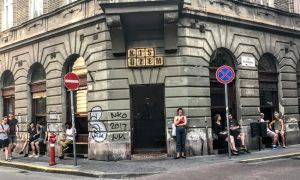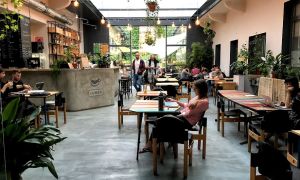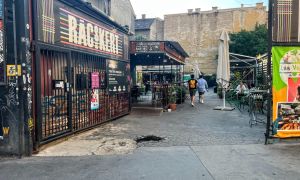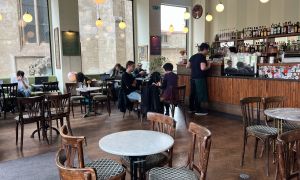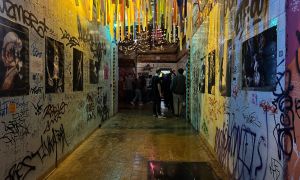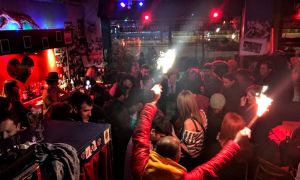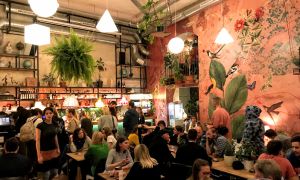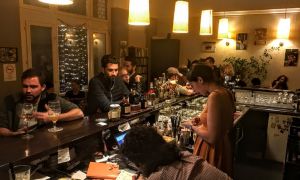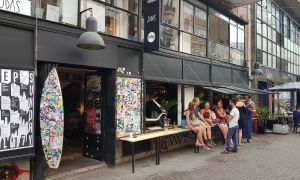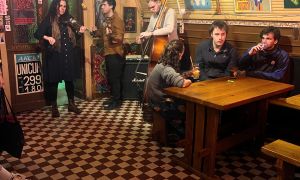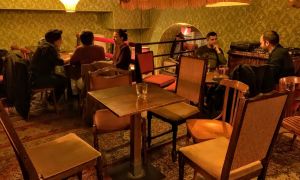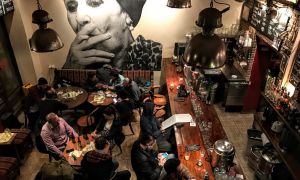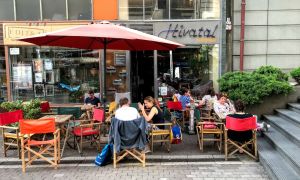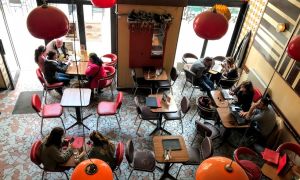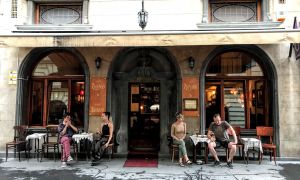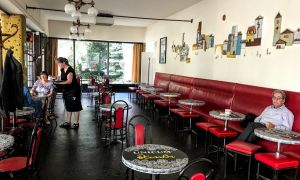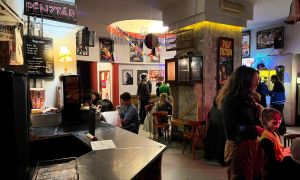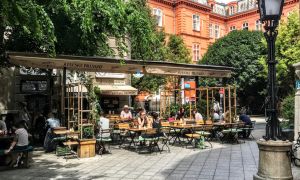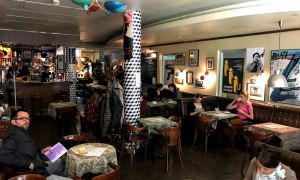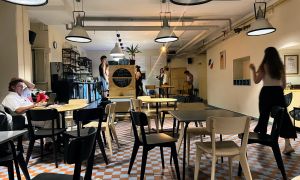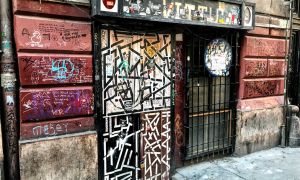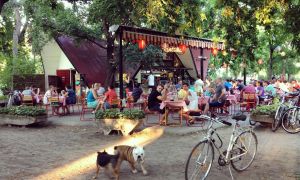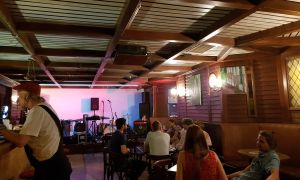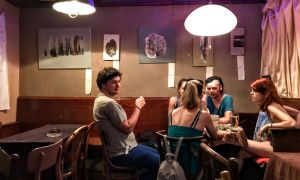People, rather than interior designers give soul to these unfussy Budapest bars – expect plenty of locals, wallet-friendly drinks, and an increasingly lively atmosphere as the night progresses. Most places are near one another in the Jewish Quarter and District 8, but the center of action has started to shift to the Buda side in recent years (few stag-party crews and lower price points).
Those looking to passionately debate Hungarian political history will find themselves at home in this bar set along what used to be a quiet street in the Jewish Quarter. The tranquil, chess-playing and tea-sipping crowd in the afternoons is deceiving — come night-time and Kisüzem fills to capacity so that earning a place at the bar can be a challenge. Local artists, Budapest's left-wing intelligentsia, and international students comprise the regular customers.
Wallet-friendly Hungarian wines and beers are available, and rum aficionados can pamper themselves with excellent top-shelf selections. The toasted sandwiches and the daily soup specials are tastier than your average bar snacks. Keep an eye out for the rotating set of contemporary art pieces decorating the exposed brick walls.

